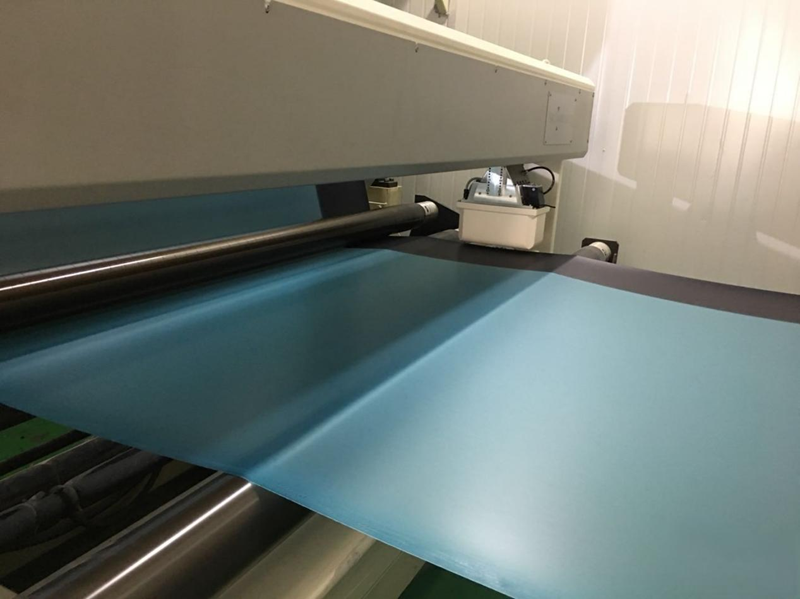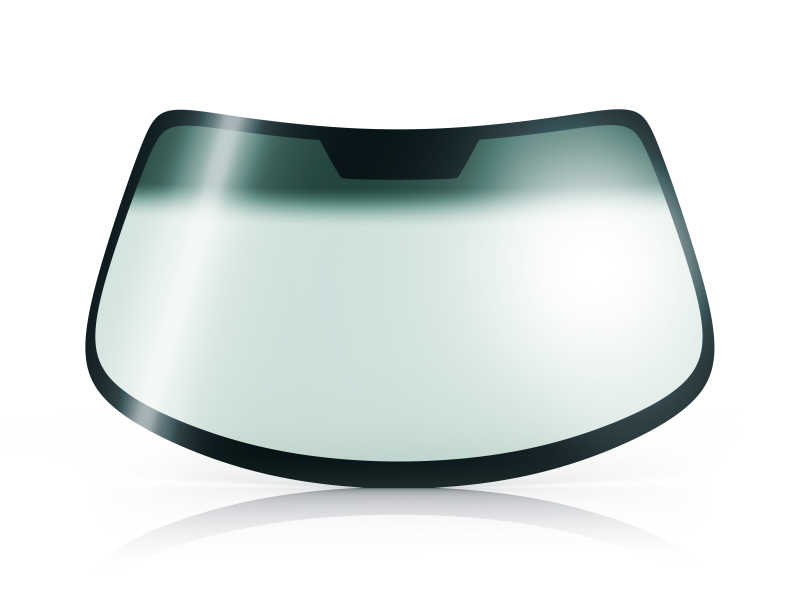Automotive safety is a top priority in vehicle design, and laminated glass plays a crucial role in protecting passengers. PVB film for automotive applications is an essential component that enhances the safety, durability, and performance of laminated glass. This specialized interlayer improves impact resistance, reduces the risk of injury, and contributes to overall vehicle security. Understanding the benefits of PVB film for automotive can help manufacturers and consumers make informed choices about vehicle safety features.
What is PVB Film?
Polyvinyl butyral (PVB) film is a strong, flexible resin interlayer used in laminated glass. When placed between two layers of glass and bonded under heat and pressure, PVB film for automotive applications creates a durable and shatter-resistant structure. This process ensures that, even upon impact, the glass remains intact, reducing the risk of sharp glass shards causing injury.
How PVB Film Enhances Safety in Vehicles
1. Improved Impact Resistance
One of the most critical safety functions of PVB film for automotive glass is its ability to absorb energy upon impact. In the event of a collision:
• The film holds broken glass together, preventing dangerous shards from flying.
• It distributes impact force, reducing the severity of damage.
• The risk of passenger ejection is minimized, especially in rollover accidents.
This impact resistance makes laminated glass with PVB film a standard feature in windshields and other key areas of modern vehicles.
2. Protection Against Shattering
Unlike ordinary tempered glass, laminated glass with PVB film for automotive does not shatter into sharp pieces. Instead, it remains in place even when cracked, reducing potential injuries. This feature is especially important for windshields, side windows, and sunroofs, ensuring safer driving conditions in case of an accident.
3. Enhanced UV Protection
Excessive UV exposure can damage vehicle interiors and pose health risks to passengers. PVB film for automotive absorbs up to 99% of harmful UV rays, providing:
• Protection for the vehicle’s interior materials, reducing fading and cracking.
• Prevention of prolonged UV exposure for passengers, minimizing skin damage.
This added benefit makes PVB film essential for long-term vehicle durability and passenger comfort.
4. Noise Reduction and Acoustic Comfort
Laminated glass with PVB film for automotive also enhances acoustic insulation. The film reduces external noise, creating a quieter cabin environment by:
• Blocking road noise, wind turbulence, and engine vibrations.
• Enhancing passenger comfort for a more enjoyable driving experience.
This feature is particularly valuable in luxury and electric vehicles, where noise reduction is a key selling point.
5. Increased Theft and Security Protection
Beyond impact resistance, PVB film for automotive also enhances vehicle security by making it more difficult for thieves to break through the glass. Since the interlayer holds the glass together, unauthorized entry becomes significantly harder, providing:
• Extra time for security systems or alarms to activate.
• Increased protection against smash-and-grab thefts.
This additional security measure adds value to vehicles, especially in urban environments.
Applications of PVB Film in Automotive Glass
Laminated glass with PVB film for automotive is used in various parts of modern vehicles, including:
• Windshields: Standard in all vehicles due to safety regulations.
• Side Windows: Increasingly used in high-end and electric vehicles for noise reduction.
• Sunroofs and Panoramic Roofs: Provides added strength and UV protection.
• Head-Up Display (HUD) Glass: Ensures clarity and durability for advanced driver assistance systems.
Future Trends in PVB Film Technology
With advancements in automotive technology, PVB film for automotive continues to evolve. Some key trends include:
• Enhanced Optical Clarity: Improving visibility for augmented reality displays.
• Advanced Soundproofing: Development of multi-layered films for superior noise control.
• Sustainability Innovations: The use of eco-friendly materials for a lower carbon footprint.
These improvements ensure that PVB film for automotive remains a crucial component in modern vehicle safety and comfort.
PVB film for automotive plays a vital role in enhancing vehicle safety, impact resistance, UV protection, noise reduction, and security. As technology advances, laminated glass with PVB interlayers continues to improve, offering superior performance and protection. Understanding the benefits of PVB film for automotive can help manufacturers and consumers prioritize safety and comfort in modern vehicle design.
For more insights and expert advice, visit our website at https://www.sourceglas.com to learn more about our products and solutions.
Post time: Feb-12-2025



